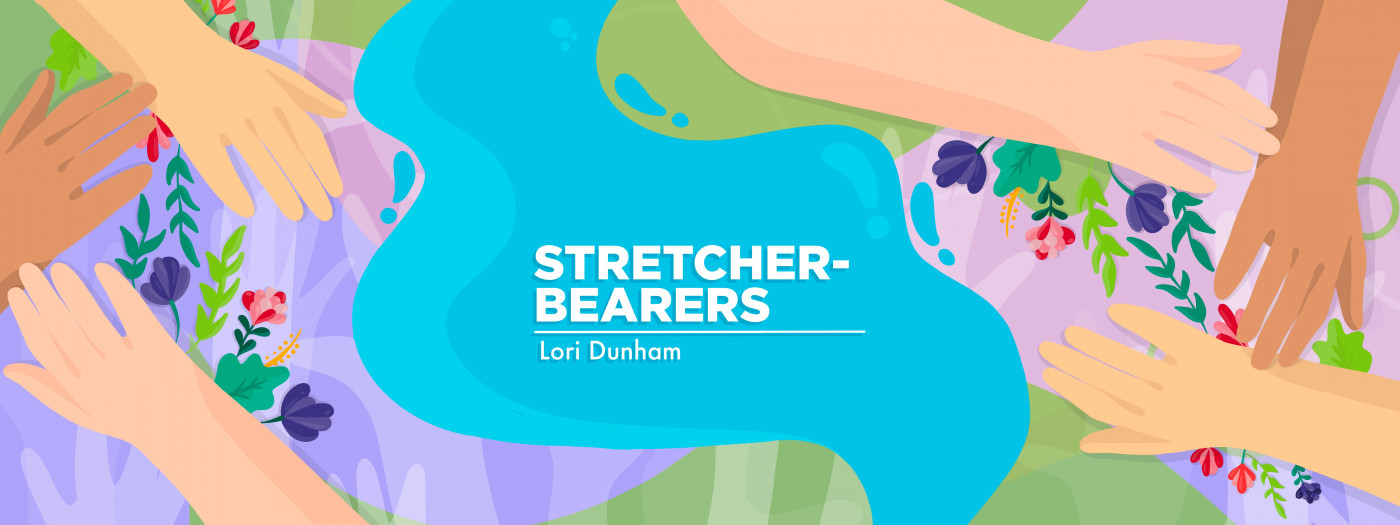Taking care of myself: A lesson learned while taking care of others
While attending to my family and my daughter's LEMS, I put off my own needs

As far back as I can remember, I wanted to be a mom. Sure, I had other interests, hobbies, and ambitions, but my deepest and most meaningful dreams were about motherhood. I not only loved mothering, but I was often called upon to parent solo when my husband was deployed with the U.S. Navy.
But that lifestyle didn’t always leave room for self-care.
I’m thus not surprised to look back through my parenting years and see when I neglected a bit of myself for the sake of my children. When our daughter Grace was diagnosed with Lambert-Eaton myasthenic syndrome (LEMS), for instance, I gave little attention to some important aspects of my own life.
Medical care
In 2019, doctors were searching for a diagnosis to match Grace’s symptoms. It seemed we were seeing different doctors every week. Our calendar was full of CAT scans, PET scans, bloodwork, and multiple electromyographies. Grace’s medical needs were dire, and there was no room in our calendar for anything else.
In addition, Grace got her LEMS diagnosis just months before COVID-19 shut down the world. Any medical care I needed was put off. I neglected well-check visits, mammograms, routine dental checkups, and an age-appropriate colonoscopy, to name a few.
I had neither the time nor the emotional bandwidth to worry about my checkups and other medical care. Or so I thought. It took a while for me to understand that I had to care for myself physically so that I could best care for Grace. My desire to be there for my family meant taking time away to get the medical care I needed.
Spiritual care
Not only did I need to care for myself physically, I also needed to get back to my spiritual roots. When Grace became sick, I entered a phase of deep despair. We were given dire predictions about Grace’s health before she was accurately diagnosed. I had to contend with those predictions and what they meant in light of my faith.
I sunk into a darkness that’s often referred to as “the dark night of the soul.” In this period, I questioned everything I knew about God and my relationship to him.
After the questions and the wrestling, I had to ground myself again. I knew that plugging back into our local church was important. Serving there and in the local community helped take the focus off myself and our circumstances. In addition, I also wanted — needed — to give back to those pouring help and energy into my family.
Prayer and personal study of the Bible had always been a big part of my life, but during my hardest days, I found I wasn’t able to pray or even read. Once I walked through this crisis of faith, I was thirsty for these spiritual practices. They nourished me in a way nothing else could. So I carved out time to reintroduce these activities into my daily calendar.
Personal care
Finally, I needed to reintroduce myself to hobbies and activities that nourished me, body and soul. We lived indoors for so long that it was imperative I get outside to change not only my mood, but also my perspective. The beauty of nature proved to be a balm to my weary soul.
I intentionally carved time out to take short walks or bike rides with my children. We enjoyed our shaded backyard and fire pit. Lazy walks with our basset hound forced me to engage anew in life with neighbors.
Further, I began to find joy again in the little things in life: reading, the changes of seasons, baking with and for my family. All of these began to bloom again.
I needed time to understand my great need for self-care. Now I’m healthier, happier, and more content. No one could do it for me; it was something I had to initiate and follow up. I had to be proactive.
And today, our home is better off because I chose self-care.
Note: Lambert-Eaton News is strictly a news and information website about the disease. It does not provide medical advice, diagnosis, or treatment. This content is not intended to be a substitute for professional medical advice, diagnosis, or treatment. Always seek the advice of your physician or other qualified health provider with any questions you may have regarding a medical condition. Never disregard professional medical advice or delay in seeking it because of something you have read on this website. The opinions expressed in this column are not those of Lambert-Eaton News or its parent company, Bionews, and are intended to spark discussion about issues pertaining to Lambert-Eaton myasthenia syndrome.








Leave a comment
Fill in the required fields to post. Your email address will not be published.